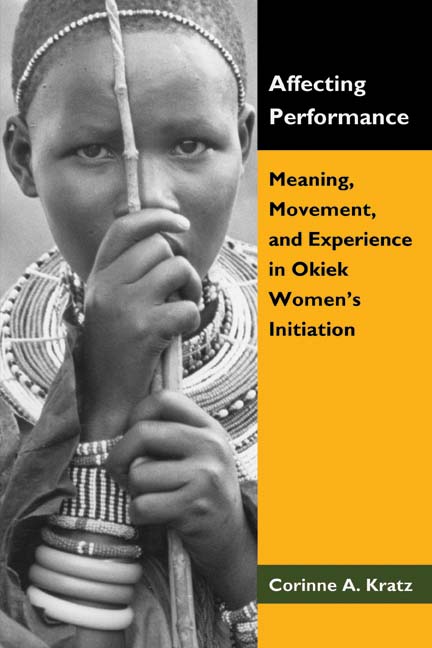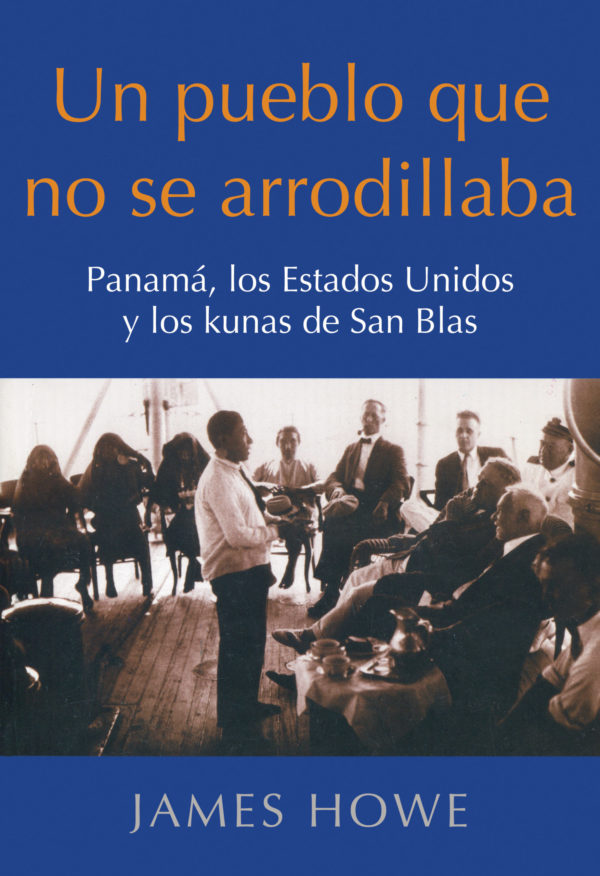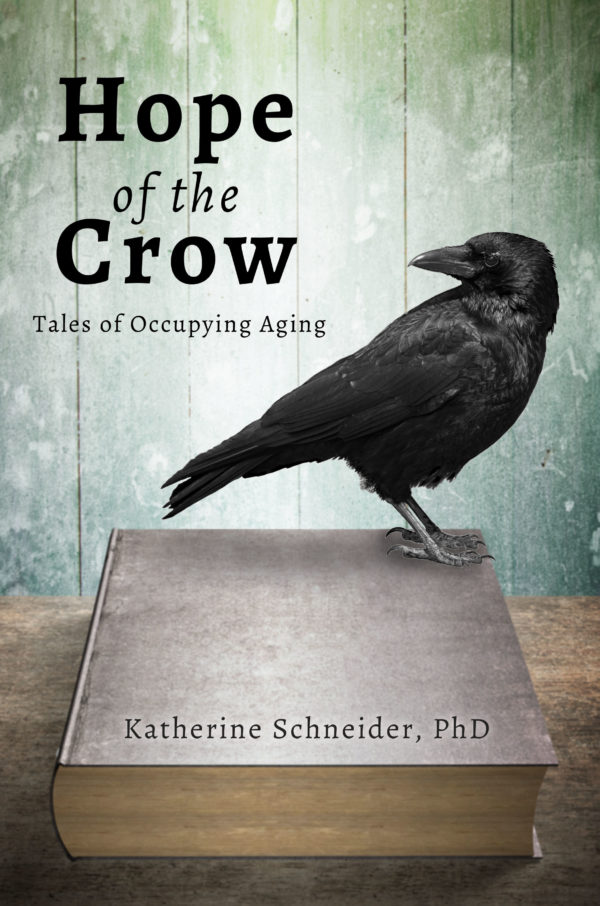Corinne A. Kratz is a professor of anthropology and African studies at Emory University. She authored the award-winning book, The Ones That Are Wanted: Communication and the Politics of Representation in a Photographic Exhibition, and recently co-edited Museum Frictions: Public Cultures/Global Transformations. She lives in Santa Fe, New Mexico.
Affecting Performance: Meaning, Movement, and Experience in Okiek Women’s Initiation
$32.95
Description
This reissue of Affecting Performance makes available a major work in performance studies, linguistic anthropology, ritual and symbolic studies, and African studies. A classic study widely used in the classroom, the book examines how ceremonial performance works and the contradictory dynamics of gender and ethnicity in Okiek initiation ceremonies in Kenya.
Combining discourse analysis, semiotics, history, political economy, symbolic interpretation, and gender studies, Corinne Kratz examines the power of ritual to produce social transformation and explores how children are made into adults through initiation rites. Taking girls’ passage into womanhood as her topic, Kratz considers dramatic structure, costume, song, ritual space, and the discourse, rhetoric, and poetics of ceremonial performance.
Based on decades of research with the Okiek of Kenya, Affecting Performance demonstrates how representations of the central themes of initiation–gender relations and cultural identity–probe the tensions and contradictions that characterize relations between women and men, young and old, and the Okiek and their neighbors. Long-term fieldwork and extensive interviews with Okiek women and men of several generations enable Kratz to situate Okiek ceremonies culturally and historically. She provides a rich description of changes in Okiek life and ceremonies from 1900 to 1990. Kratz’s sensitive and detailed analysis of ritual language and ritual action provides an important synthesis and critical perspective for understanding ceremonial structure and performance and for interpreting the efficacy of ritual performance both from actors’ and observers’ viewpoints.





